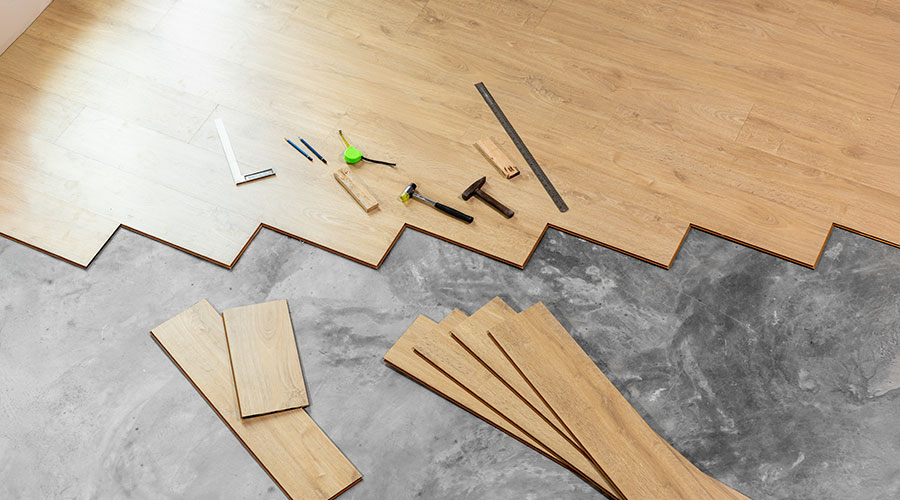 Managers can talk with flooring installers to learn about strategies for maintaining flooring efficiently and cost-effectively
Managers can talk with flooring installers to learn about strategies for maintaining flooring efficiently and cost-effectivelyAnticipating Flooring Challenges in Performance
Part one in a two part series on maintaining flooring
Floors in facilities that last and maintain their appearance are essential elements in creating a positive image among visitors and occupants. To achieve these goals, managers need to pay close attention to flooring over its entire life, including post-installation care.
By understanding the most common errors related to flooring installation and cleaning, managers can develop a maintenance program that ensures flooring performs.
Installation insights
Managers often try to anticipate the challenges certain types of flooring will present, some curveballs are bound to come along. To address these problems, managers need to consider several tactics that can prevent problems later.
The first step, critical but simple, is to read the flooring installation and maintenance information. Flooring manufacturers know product performance can create return business, so they have a vested interest in their floors’ performance. The procedures they recommend are designed to optimize the floor’s appearance and, just as importantly, its long-term performance life.
Managers also need to talk to the flooring installer and the manufacturer’s representative. Installers also have a vested interest in the floor’s performance and can provide tactics for maintaining flooring cost-effectively. Maintenance and housekeeping crews can gain valuable knowledge by watching the installer on the job.
Staying in touch with the construction project manager throughout the installation also is important in case questions or concerns arise. For example, one installer planned to apply carpet glue to a concrete floor that had not been cleaned first in a facility that was not heated or humidity controlled. Glue does not bond effectively to dirty, cold or moist surfaces. So the project manager immediately addressed the situation.
The final step for managers is to identify any problems with floors — for example, ripples in carpet, cracks in terrazzo, vinyl tiles coming unglued — as soon as possible after installation and alert the project manager and installer immediately. Taking pictures of the problem and keeping records ensures that workers correct problems quickly.
Beyond installation
To extend the life of flooring, managers and their staffs must implement the essential elements of a comprehensive cleaning program. An effective program spells out the key points of these elements:
Flooring-specific duties. Regular carpet vacuuming is critical because the faster housekeeping crews remove dirt, the longer carpets will last. For hard flooring, such as vinyl composite tile or terrazzo, regular dust mopping and damp mopping remove grit before it can damage the floor’s gloss.
Frequency. Too often, managers hear from occupants and visitors that crews do not perform floor-cleaning tasks as often as before. In some cases, offices that crews had cleaned daily now are cleaned on alternate days, weekly or even monthly. The type of flooring in these offices does not matter. With less frequent cleaning, their surfaces will be damaged faster and their appearance will diminish.
Productivity. Housekeeping crews inevitably have to do more with fewer resources, and they must do it more quickly. But to adequately maintain flooring, crews must have enough time to do the job properly. Here is where the law of diminishing returns comes in. Crews that clean floors more often require less time to clean on average than when cleaning floors that otherwise are cleaned only monthly.
Training. Since facilities often feature a mixture of flooring types, housekeeping crews must go through complete training on flooring maintenance in order to perform cleaning tasks properly. Failing to train workers in the proper use of floor-cleaning chemicals and equipment can result in damaged floors. The training should include a review of proper chemical use, equipment considerations, and appropriate cleaning frequencies and safety procedures.
Related Topics:













